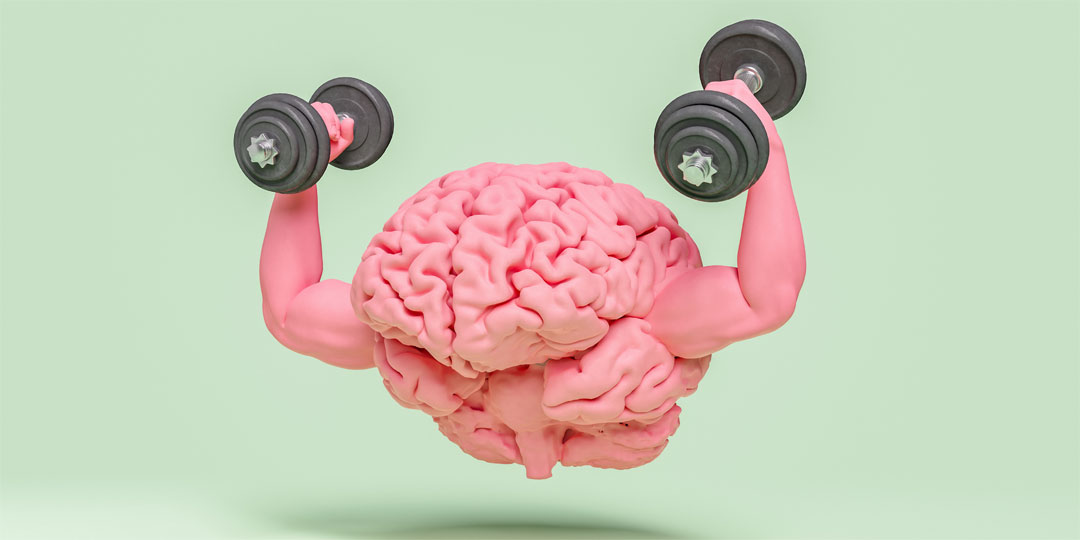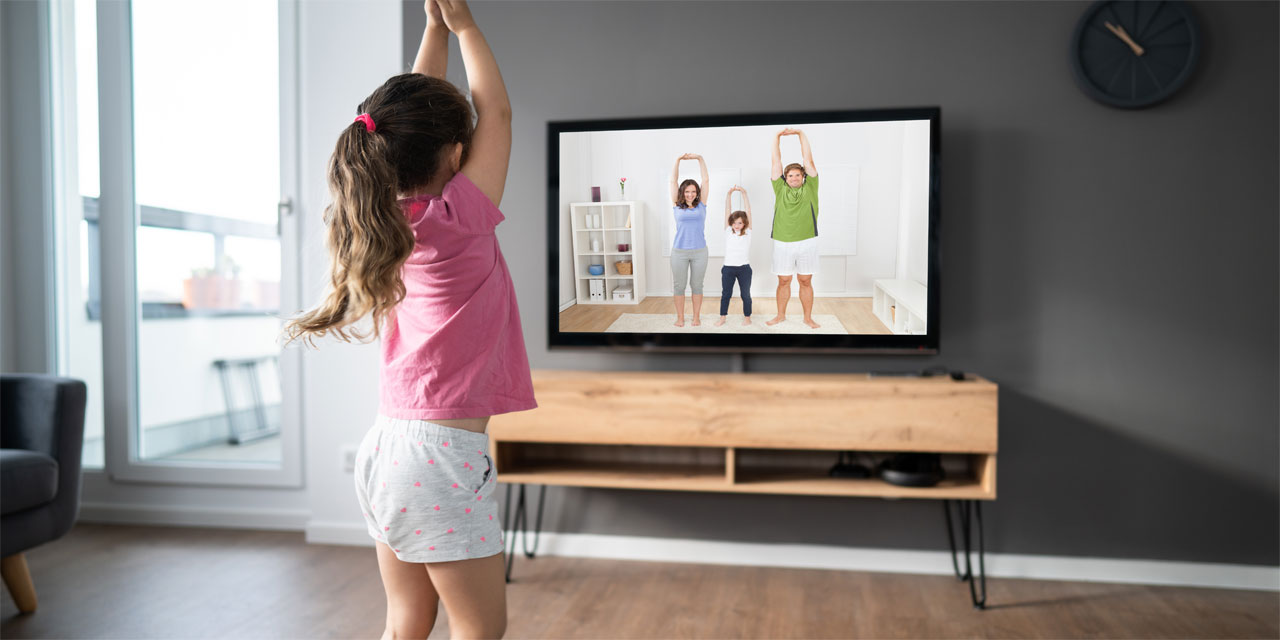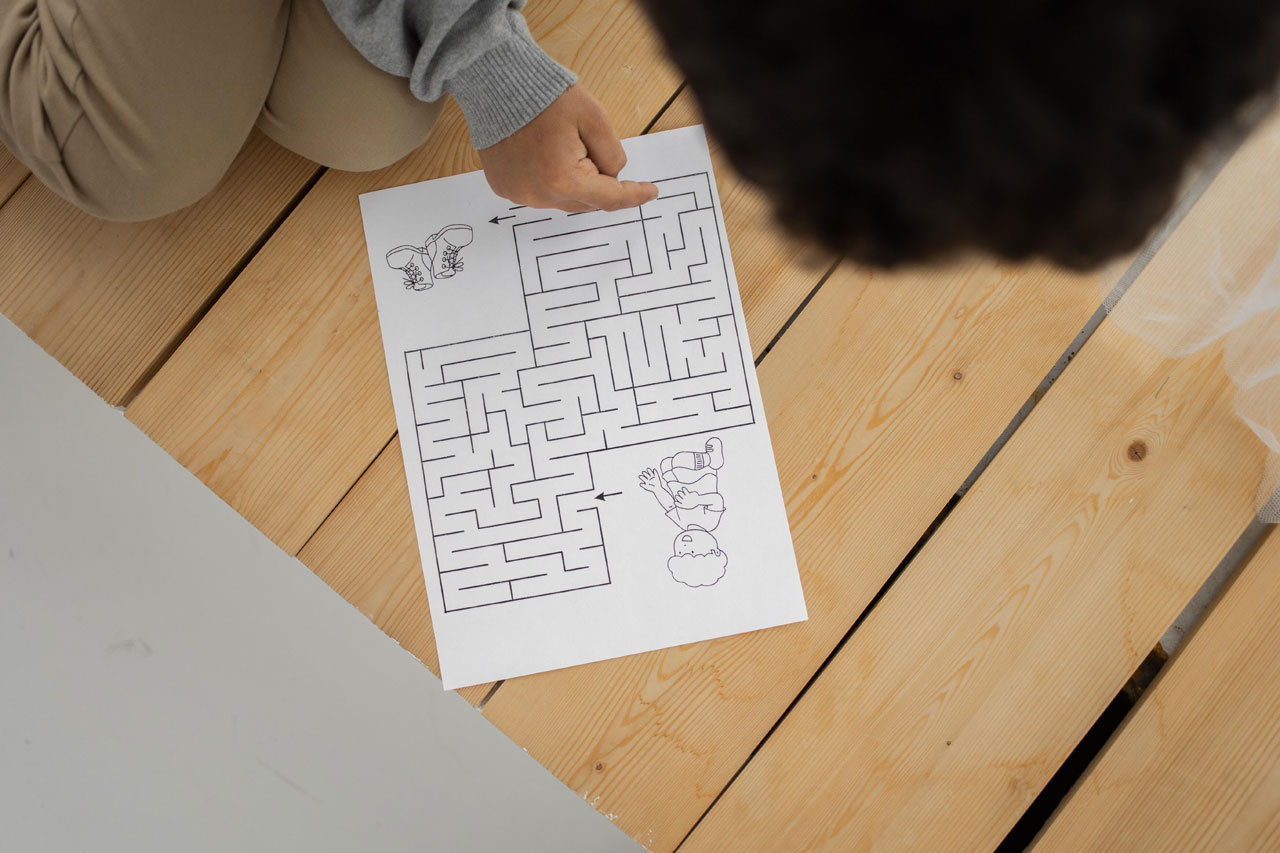General Information
Neuroplasticity Exercises for Kids: A Brain Workout That’s Fun and Effective
Did you know that your child’s brain is constantly changing and adapting? This is called neuroplasticity. Neuroplasticity is the brain’s ability to form new connections and change its structure and function. That’s right, your child’s brain is like a muscle. The more you use it, the stronger it gets. And just like with any muscle, you need to challenge it to see results.

So, how can you assist in keeping your child’s mind in top form? One way is to do neuroplasticity exercises.
What are Neuroplasticity Exercises, You Might Ask?
Neuroplasticity exercises are like a workout for your brain. They’re activities designed to challenge and encourage your brain to adapt and change. Just like going to the gym to build muscle, these exercises develop your brain’s flexibility and resilience.
Why do you need to do the exercises over and over?
The brain is a lazy organ. It likes to stay the same. So if you want to see results from neuroplasticity exercises, you must do them consistently.
The more you do the exercises, the stronger the new connections in the brain become. And the stronger the connections, the better your child’s brain will function.
How can CoordiKids Home Course help?
CoordiKids Home Course is a series of at-home, follow-along videos that target neuroplasticity. The exercises in CoordiKids lead children through balance, spatial balance, motor activities, vestibular activities, and fine motor skills, all of which improve cerebellar functioning.
The exercises are designed to be challenging but not frustrating, and they’re perfect for kids of all ages. And bonus, they are FUN!
So if you’re looking for a way to help your child’s brain stay sharp, neuroplasticity exercises are a great place to start. And CoordiKids Home Course is the perfect way to get started.

Here are some of the benefits of doing neuroplasticity exercises:
- Improved memory: Neuroplasticity exercises can help to boost brainpower and improve memory by strengthening the connections between the brain cells that store memories. This can help children remember things more easily in the short- and long term.
- Increased focus and concentration: Neuroplasticity exercises can help to sharpen the mind and improve focus and concentration by strengthening the connections between the brain cells that control attention. This can help children stay focused on tasks for extended periods and avoid distractions.
- Enhanced problem-solving skills: Neuroplasticity exercises can help to develop critical thinking skills and enhance problem-solving skills by strengthening the connections between the brain cells that control thinking and reasoning. This can help children to come up with creative solutions to problems and to think more strategically.
- Improved coordination and balance: Neuroplasticity exercises can help improve motor skills, coordination, and balance by strengthening connections between the brain cells that control movement. This can help children to be more agile and coordinated and to avoid falls and injuries.
- Reduced stress and anxiety: Neuroplasticity exercises can help to reduce stress and anxiety by strengthening the connections between the brain cells that control emotions. This can help children to feel more relaxed and calm and to cope better with difficult situations.
- Increased creativity: Neuroplasticity exercises can help to boost creativity and develop new ideas by strengthening the connections between the brain cells that control imagination and innovation. This can help children to come up with new ideas and to think outside the box.
- Boosted mood: Neuroplasticity exercises can help to improve mood and increase happiness by strengthening the connections between the brain cells that control emotions. This can help children feel happier and more positive about themselves and their world.
If you’re ready to give neuroplasticity exercises a try, here are a few tips:
Start Slowly and Gradually Increase Difficulty:
When beginning with neuroplasticity exercises, starting at a level that matches your child’s current abilities is essential. Choose exercises that your child finds somewhat challenging but manageable. As they become more comfortable with the exercises, you can gradually introduce variations or increase the complexity. This gradual progression ensures your child remains engaged and motivated to take on new challenges. Think of it like climbing a ladder of brain-building challenges, with each rung pushing them further.
Make It Fun and Engaging:
The key to successful neuroplasticity exercises is to make them enjoyable for your child. Incorporate elements of play, creativity, and their interests into the exercises. For instance, if your child loves music, you could create rhythm-based activities that involve clapping, drumming, or dancing. If they enjoy puzzles, consider incorporating puzzles that require problem-solving. Making the exercises fun and engaging makes you more likely to keep your child excited and willing to participate.

Patience and Consistency:
Like any form of learning, neuroplasticity exercises require time and consistent effort. You are managing expectations and understanding that changes will take time to happen. Set a regular schedule for these exercises, but also be flexible. Some days, your child might be more receptive and focused than others. Celebrate small victories along the way and acknowledge the progress they’re making. With patience and consistent practice, you’ll notice positive changes in your child’s cognitive abilities and overall brain function.
Remember, these exercises are like brain workouts, helping your child’s brain become stronger and more flexible over time. By customising the exercises to your child’s preferences and abilities, you’re fostering an environment where their brain can thrive and develop to its fullest potential.
So, if you find it challenging to come up with your midbrain development exercises, use ours! Our CoordiKids Home Course is a series of at-home, follow-along videos that target neuroplasticity.
As your child’s neural networks in their brain practice organising sensory information, they become more and more efficient. Children follow along, with no preparation needed in most cases.